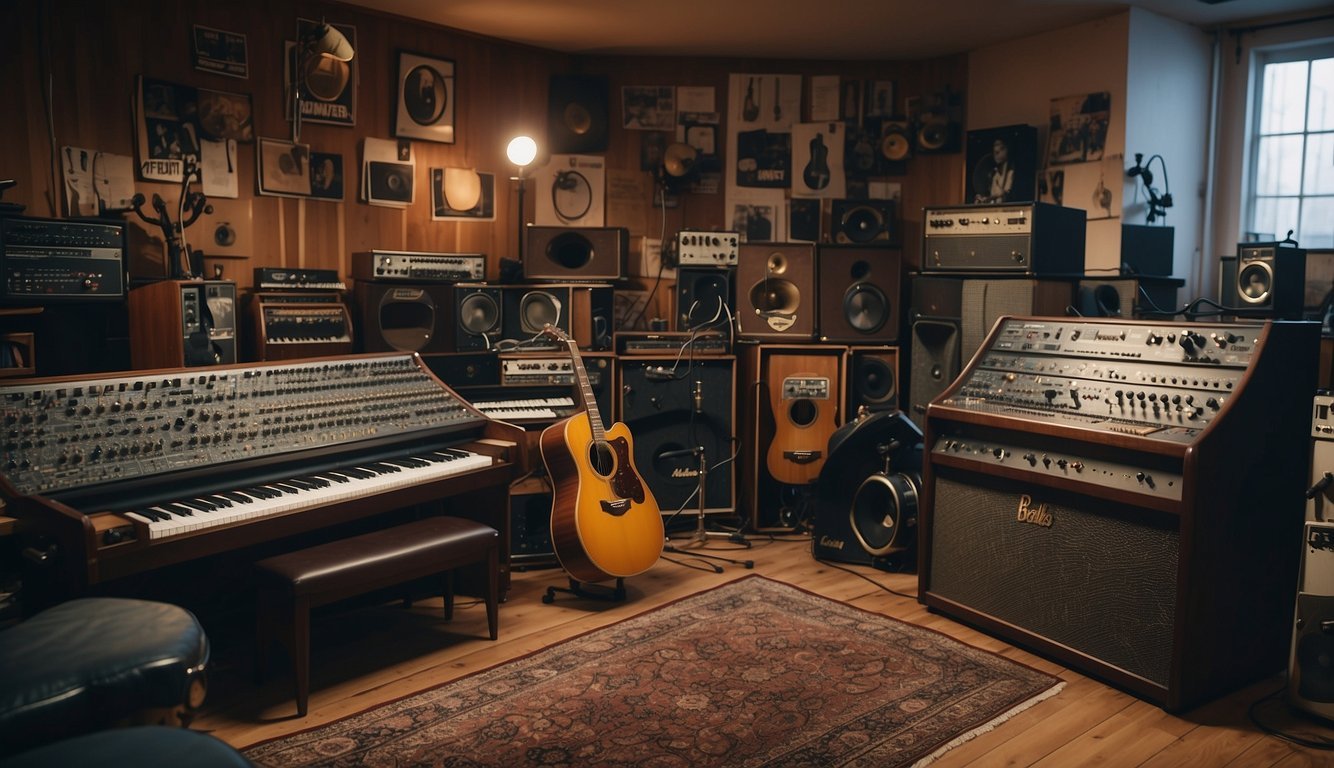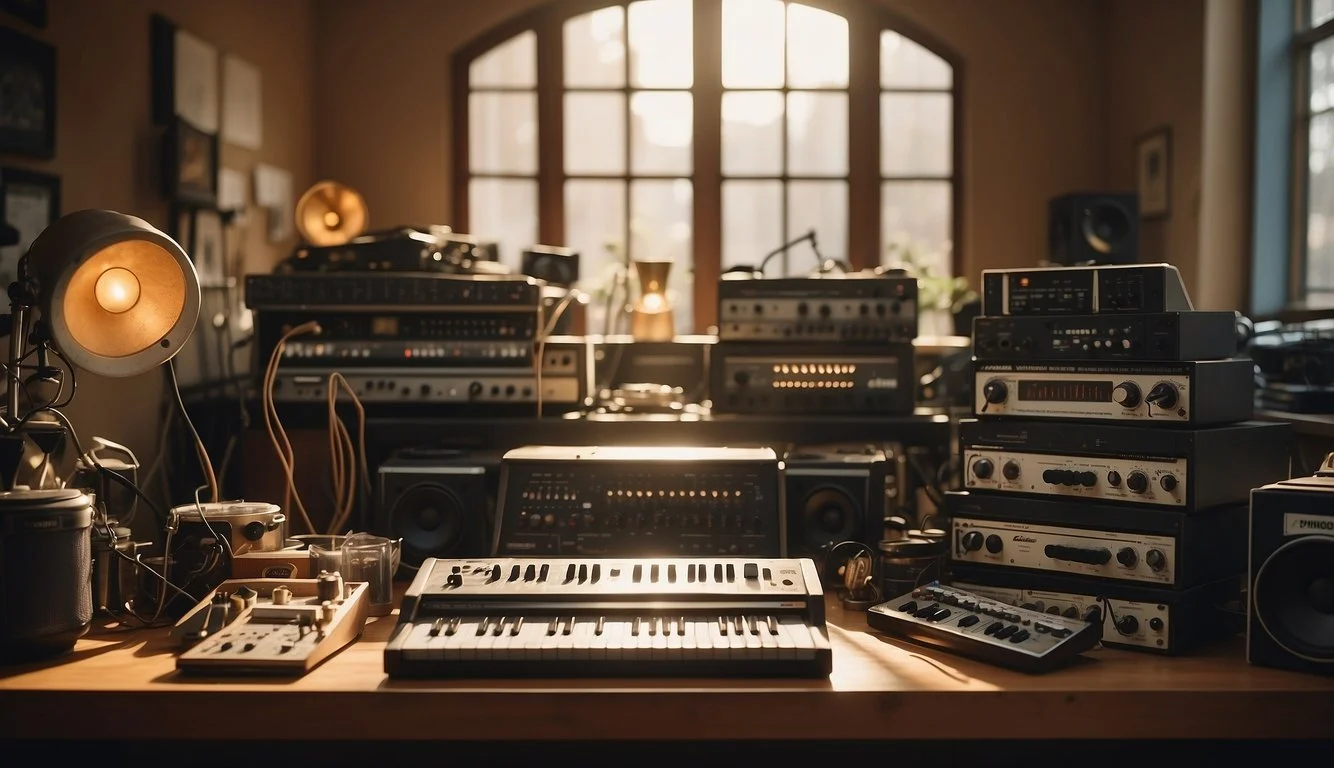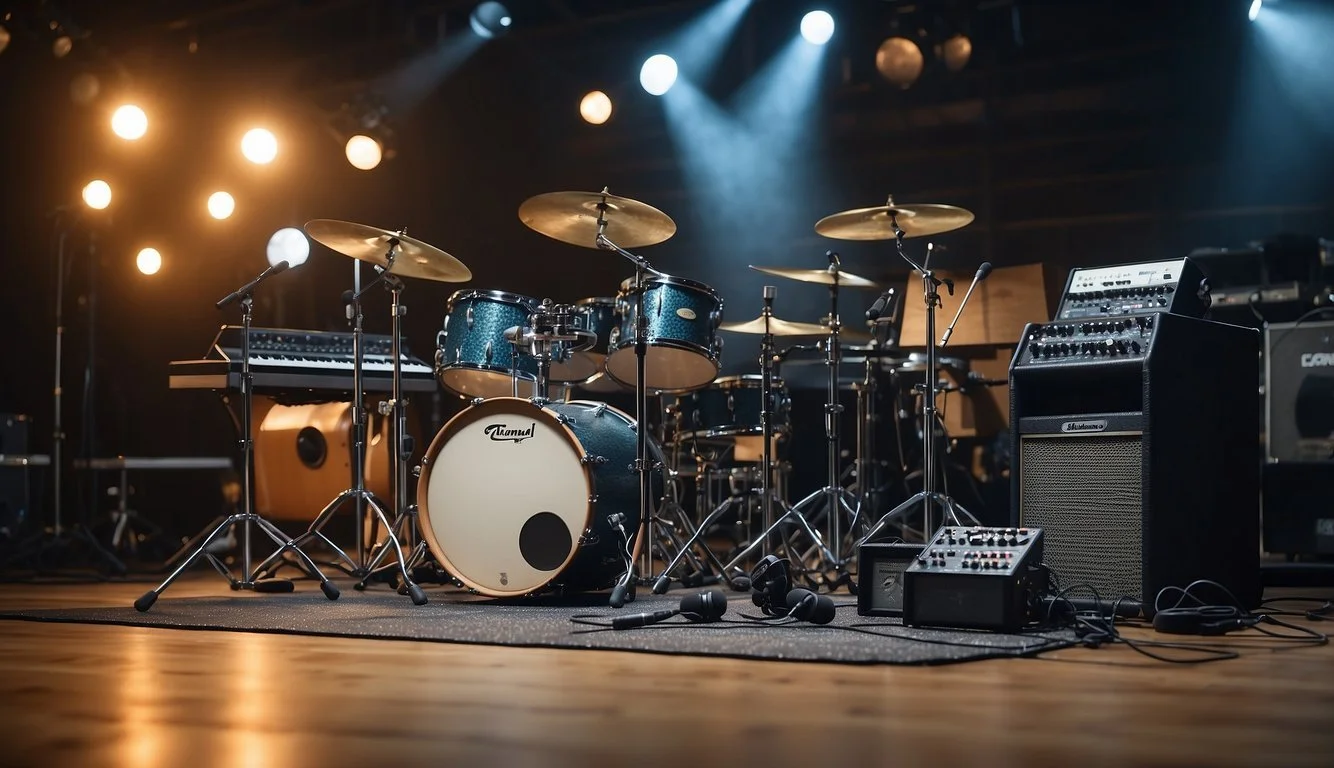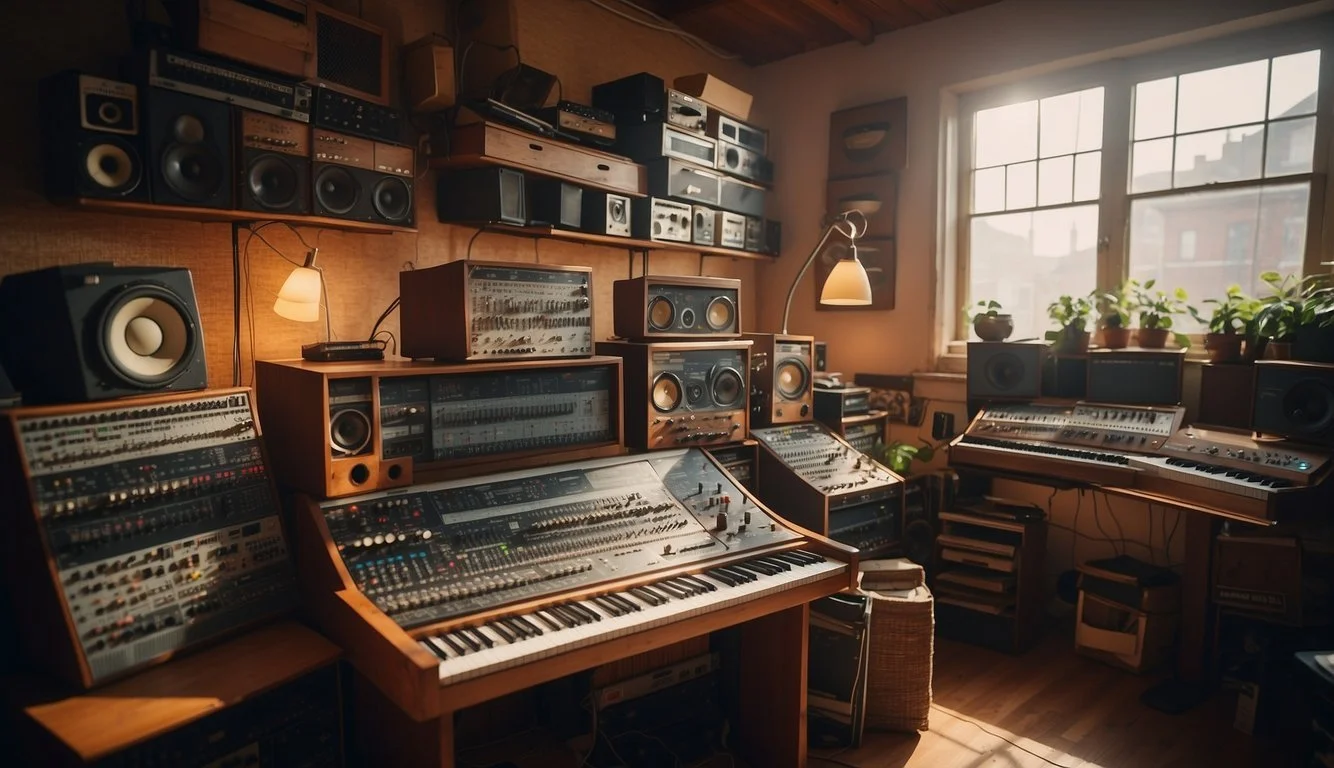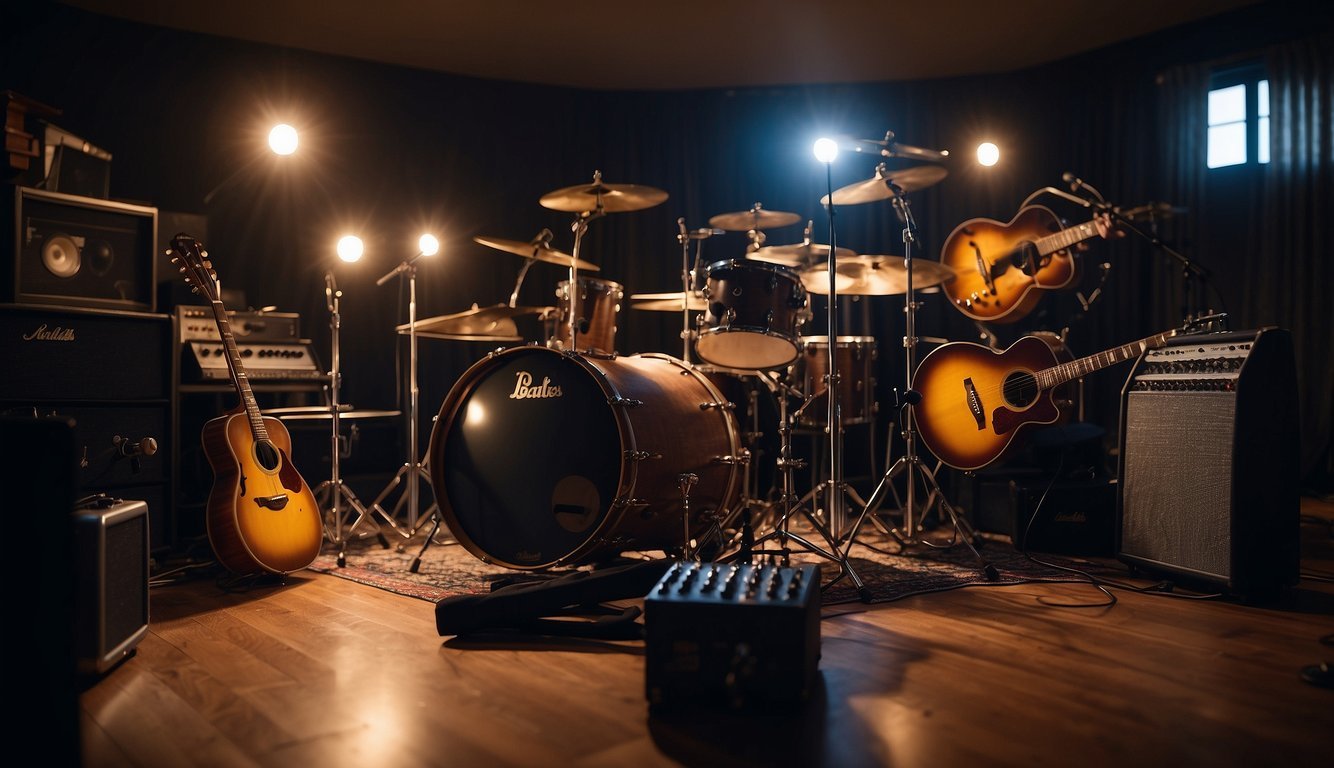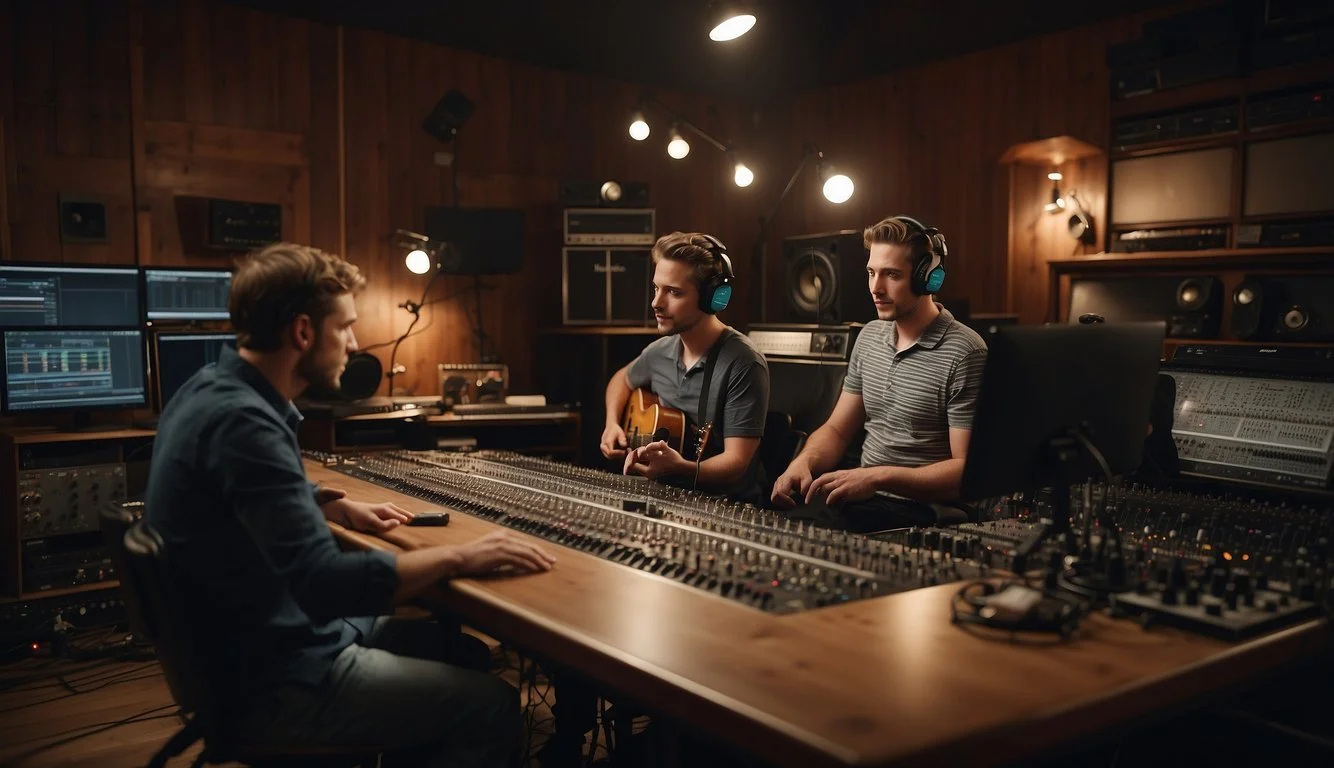Documentary Review: The Beatles: Get Back (2021)
An In-depth Look at the Fab Four's Creative Process
The Beatles: Get Back (2021), directed by Peter Jackson, is an expansive documentary that offers an intimate glimpse into the band's creative process during the recording sessions for the album "Let It Be." Through over eight hours of footage, viewers can witness the highs and lows of the legendary group's interactions. This documentary provides previously unseen moments that showcase not just the tensions but also the joy, camaraderie, and sheer talent of The Beatles.
For both die-hard Beatles fans and casual music lovers alike, Get Back is a captivating watch. It combines rare footage with moments of levity, such as John Lennon and Paul McCartney playfully goofing off in the studio. The film's length and detailed portrayal give the audience a front-row seat to the dynamics of the band during a critical period in their history.
One of the most compelling parts of the documentary is the legendary 1969 rooftop concert, which marks The Beatles' final public performance. This historic event is captured with stunning clarity, providing a fitting climax to Jackson's meticulous narrative.
Background on 'The Beatles: Get Back' Documentary
The Beatles: Get Back is a 2021 documentary directed by Peter Jackson. The project offers an unprecedented look at the iconic band during the making of their final album, 'Let It Be.'
The documentary features footage originally captured in 1969 by Michael Lindsay-Hogg. This material was initially intended for the 'Let It Be' film but has now been reassembled and restored by Jackson.
Spanning nearly eight hours, the film is divided into three parts. It meticulously documents the band's creative process, revealing the dynamics and relationships among members during a period of significant transition.
The documentary includes never-before-seen footage. It shows the Beatles writing, rehearsing, and recording songs, providing an intimate glimpse into their artistic process.
Notably, the film captures the band's final live performance on the rooftop of their Apple Corps headquarters in London. This moment is both historic and poignant, marking the end of an era for the group.
The project emerged from a collaboration between The Beatles and Jackson. The restoration of the footage utilized cutting-edge technology, bringing clarity and vitality to the vintage material.
The documentary has been met with acclaim for its candid portrayal of the band. It strips away myths and presents the Beatles as they were, showing the magic and mundane aspects of their collaboration.
The film is available on Disney+. It provides a comprehensive and immersive experience for both die-hard fans and casual viewers alike.
Production Insights
Peter Jackson's vision for "The Beatles: Get Back" aims to offer an intimate look at the band's final years, employing revolutionary restoration techniques to enhance archival footage.
Director Peter Jackson's Vision
Peter Jackson, acclaimed for his work on "The Lord of the Rings" trilogy, brings a meticulous approach to "The Beatles: Get Back." His vision seeks to present an honest and immersive portrayal of The Beatles during a pivotal time in their career. Unlike previous documentaries, Jackson aims to highlight not just the struggles but also the moments of camaraderie and creative energy. He focuses on providing a balanced view, capturing both the highs and lows of the band's dynamic. This unique perspective helps to humanize the legendary band, making it accessible to both die-hard fans and newcomers.
Revolutionary Restoration Techniques
The documentary utilizes state-of-the-art restoration techniques to bring old footage to life. The original 16mm film has been carefully restored to achieve stunning clarity and color accuracy. Jackson's team used advanced AI-driven tools to remove grain and enhance image quality without losing the authentic feel of the period. This meticulous attention to detail ensures viewers can experience these historical moments as if they were happening today. The audio has also been remastered to provide crystal-clear sound, ensuring that both the music and conversations are easy to follow and fully immersive.
Source Material and Archival Footage
"Get Back" is constructed from over 60 hours of unseen footage shot by Michael Lindsay-Hogg in 1969. This treasure trove of material offers an unprecedented look at The Beatles' recording sessions and personal interactions. Jackson carefully curated the footage to tell a coherent and engaging story, focusing on critical moments like the creation of iconic tracks and the famous rooftop concert. By carefully selecting and restoring this archival footage, the documentary provides a fresh and nuanced interpretation of well-known events, giving viewers an inside look at the band's creative process and daily interactions during this transformative period.
Synopsis of 'The Beatles: Get Back'
The Beatles: Get Back is a documentary directed by Peter Jackson.
It presents an in-depth look at the iconic band's creative process.
The documentary focuses on the recording sessions of their album Let It Be.
The narrative follows the band during the tense 1969 sessions.
It showcases the development of several iconic songs from inception to completion.
Viewers witness raw and unfiltered interactions among John Lennon, Paul McCartney, George Harrison, and Ringo Starr.
The footage highlights their camaraderie as well as conflicts.
Key moments include McCartney crafting the hit "Get Back."
Lennon and McCartney's creative synergy remains a central theme.
Significant scenes:
Band rehearsals and jam sessions.
Lennon's lighthearted moments and creative bursts.
Harrison's temporary departure from the band.
The famous rooftop concert performance.
The documentary spans nearly eight hours, split into three parts.
It provides a fresh perspective on the band's dynamics.
Rare and previously unseen footage enriches the narrative.
Jackson's meticulous restoration of the visuals enhances the viewer’s experience.
The intimate portrayal adds depth to the legend of The Beatles.
The documentary is addictive for both die-hard fans and casual viewers alike, offering an essential glimpse into the making of music history.
Main Themes and Analysis
"The Beatles: Get Back" showcases the band's creative process, highlights the interpersonal dynamics among its members, and emphasizes their immense cultural and musical impact.
The Beatles' Creative Process
The documentary provides a behind-the-scenes look at the creative process behind some of The Beatles' most famous songs. Footage shows Paul McCartney coming up with "Get Back" seemingly from thin air. This transformation from an idea to a completed song emphasizes the band's innovative musical genius.
Viewers witness moments of improvisation, collaboration, and even conflict. The footage reveals how songs would often evolve during practice sessions, with each member contributing their unique talents. The band's collaborative work is a testament to their extraordinary synergy despite personal differences.
Interpersonal Dynamics
"The Beatles: Get Back" delves into the complex relationships within the band. It captures moments of camaraderie, tension, and reconciliation. The documentary reveals the intricate push-pull dynamic, particularly between Paul McCartney and George Harrison, and showcases the deep bond and occasional frustrations amongst John, Paul, George, and Ringo.
The footage highlights moments where creative differences led to heated discussions but also underscores their mutual respect and shared history. This nuanced portrayal shows that while professional disagreements were frequent, they often resulted in creative breakthroughs.
Cultural and Musical Impact
The Beatles' influence on music and popular culture is profoundly evident throughout the documentary. Their legendary 1969 rooftop concert, captured in the final episode, symbolizes their enduring legacy. It marked a defining moment in music history, blending innovation with raw, live performance.
The documentary also underscores how The Beatles navigated the shifting cultural landscape of the late 1960s. Their adaptive style and willingness to experiment played a crucial role in shaping contemporary music. The extensive archival footage and behind-the-scenes looks provide valuable insights into their contributions to the music industry.
By capturing these aspects, "The Beatles: Get Back" not only recounts the making of an iconic album but also immortalizes the band's lasting impact on the world.
Critical Reception
The Beatles: Get Back, directed by Peter Jackson, has received widespread attention from both critics and audiences since its release. Critical reception highlights its detailed portrayal of the Beatles' creative process and the nostalgia for the iconic band.
Initial Critical Response
Critics have praised The Beatles: Get Back for its in-depth exploration of the band's dynamics and creative genius. Roger Ebert noted the documentary's ability to showcase the transformation of famous songs from mere ideas to finished products. Variety described the documentary as an "addictive look at who the Beatles were," underlining Jackson's meticulous direction. However, some reviews, such as one from the Hollywood Reporter, pointed out the exhaustive nature of the three-part series, which, while thorough, might be overwhelming for casual viewers.
Audience Reception
Audience reception has been overwhelmingly positive, with die-hard fans and casual viewers alike finding the documentary engaging and thorough. The finale, featuring the legendary 1969 rooftop concert, has been particularly well-received. Fans have expressed appreciation for the rare and intimate footage, feeling closer to the band than ever before. Social media buzz has highlighted key moments, such as Paul McCartney's spontaneous creation of "Get Back," showcasing the band's unparalleled talent. This attention has sparked renewed interest in the band's history and music.
Awards and Nominations
The Beatles: Get Back has garnered several awards and nominations, reflecting its critical and popular acclaim. Notably, it received accolades for its editing and direction, with Jackson's work being a focal point of praise. The documentary has been recognized in various film and television awards circuits, cementing its status as a significant piece of work in musical documentaries. Additionally, its innovative use of restored footage has set a new standard for future projects within the genre.
Overall, the documentary has made a lasting impact in both the film industry and among Beatles enthusiasts worldwide.
Personal Review and Impressions
He found "The Beatles: Get Back" to be an enlightening and captivating experience. The documentary sheds new light on the band's dynamics. It captures moments of levity and creativity among John, Paul, George, and Ringo. Their camaraderie and playfulness are evident in scenes where they engage in spontaneous jam sessions and light-hearted banter.
The film presents a raw and unfiltered look at the Beatles' recording sessions. With Peter Jackson's meticulous editing, viewers witness the band members in their most candid moments. There are instances of tension and disagreement, but these are balanced by genuine displays of friendship and collaboration.
One notable scene includes John and Paul jitter-bugging together, adding a touch of warmth and humor. The film doesn’t shy away from the frictions that eventually led to the band's breakup. Instead, it offers a nuanced view of their relationships, highlighting both the highs and lows.
For fans of the Beatles, the 1969 rooftop concert is a highlight. The joy and energy in their performance are palpable, making it a cherished part of the documentary. Casual viewers can also appreciate this pivotal moment in music history, gaining insight into the band's final days together.
The documentary’s technical aspects are impressive. The visuals are restored to a high quality, making the experience immersive. The sound editing ensures that every note and word is clear, adding to the authenticity of the scenes captured.
In essence, "The Beatles: Get Back" successfully captures the essence of a legendary band in its final chapter. The attention to detail and the balanced portrayal of their journey make it a must-watch for any Beatles enthusiast.
Cinematography and Visual Style
The documentary "The Beatles: Get Back" is directed by Peter Jackson, known for his meticulous approach to film restoration and editing. The visual style of the documentary is marked by its use of previously unseen footage, providing a fresh and intimate look at The Beatles during the "Let It Be" sessions.
The footage is restored to high quality, capturing the vibrant atmosphere of the studio with vivid colors and sharp details. The camera work is dynamic and unobtrusive, allowing viewers to feel present in the room.
Key elements of the visual style:
High-definition restoration: Old footage is enhanced, resulting in a clear, sharp image that retains a vintage feel.
Natural lighting: Predominantly uses the ambient light of the studio, creating a realistic and immersive environment.
Close-up shots: Frequent use of close-ups on band members enhances the intimacy and focus on their expressions and interactions.
Cinematographer Jabez Olssen’s work ensures that the visual narrative complements the musical journey. The film often captures spontaneous moments, adding a candid feel. The editing seamlessly stitches together various segments, creating a coherent flow that emphasizes the creative process.
The documentary avoids dramatic visual effects, instead opting for simplicity and authenticity. This approach brings the raw essence of The Beatles' recording sessions to the forefront, enabling fans to connect with the band's creative process on a personal level. The result is a visual experience that is both engaging and historically significant.
Sound Design and Music Editing
The sound design and music editing in "The Beatles: Get Back" play pivotal roles in bringing the documentary to life. The series offers pristine audio quality, a result of meticulous efforts by the sound editing team.
Dolby Atmos and Dolby TrueHD 7.1 formats ensure an immersive experience. Viewers can appreciate the nuanced differences in the music and dialogue.
This docuseries showcases rare and intimate moments of The Beatles' creative processes. The sound editors have carefully synced audio from various sources, providing a seamless auditory experience.
The editing effectively manages to clean up decades-old recordings, making them sound fresh and contemporary. This attention to detail enhances the viewer's connection to the historic footage.
Peter Jackson's direction brings out the best in these sound elements. Through the use of advanced editing techniques, the music tracks are presented in a clear and engaging manner.
The rooftop concert, a highlight of the series, benefits greatly from these sound enhancements. The clarity of each instrument and the vocals creates an authentic live performance feel.
Overall, the sound design and music editing contribute significantly to the documentary's appeal, maintaining the legacy of The Beatles while providing a modern viewing experience.
Conclusion
Peter Jackson's "The Beatles: Get Back" documentary offers a thorough exploration of the band's creative process during the recording sessions in January 1969. The film reveals how iconic songs came together, highlighting the band's dynamic interactions.
Viewers witness the evolution of tracks like "Get Back" from mere ideas to polished compositions. The extensive footage captures candid moments of creativity and collaboration.
The documentary does not shy away from showing the tensions within the group. Conflicts between band members are depicted, adding depth to their relationships and artistic struggles.
Fans of The Beatles, both die-hard and casual, will find "Get Back" engaging and insightful. The film culminates in the legendary 1969 rooftop concert, providing a fitting finale to the series.

